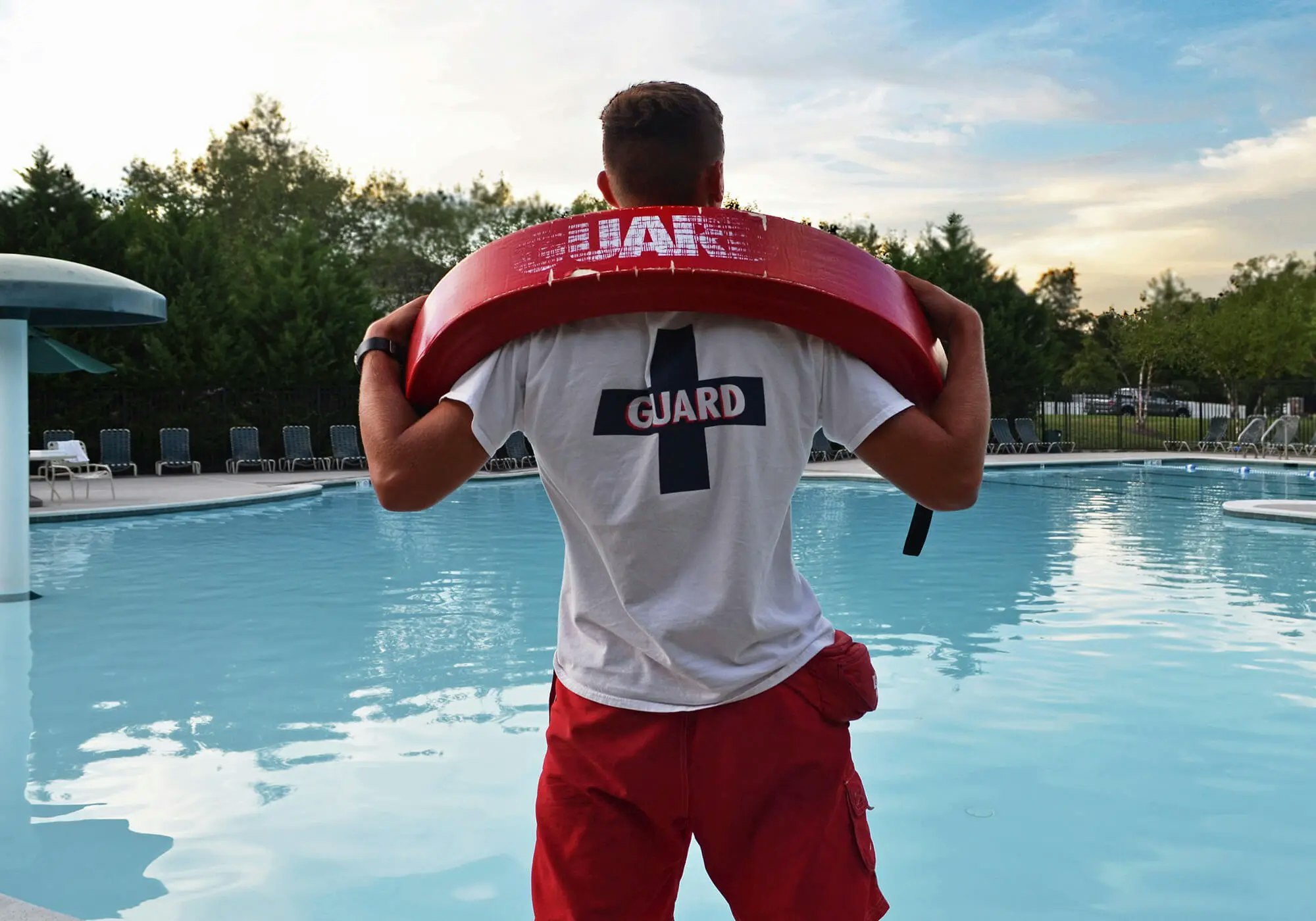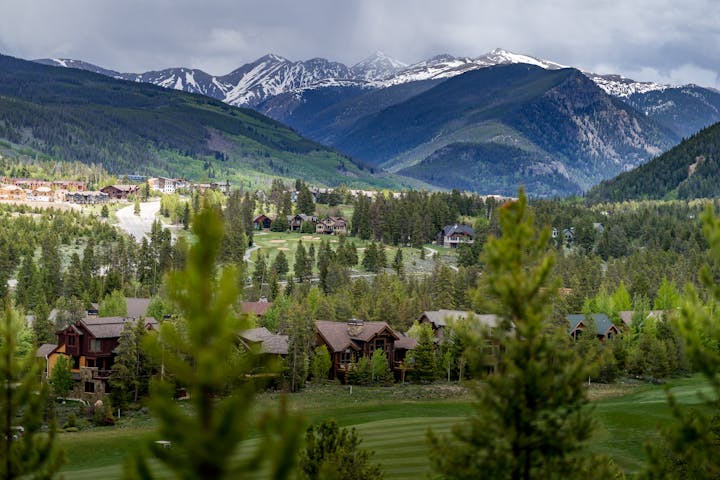To Lifeguard Or Not To Lifeguard

July 21, 2020 | Adam Johnsen
Lifeguards should know their responsibilities and how to keep their facility safe. On duty lifeguards should practice effective surveillance techniques and be free of any distractions. They should know how to prevent injuries and be prepared to respond to emergency situations. They should be certified and know First Aid, CPR and how to care for head, neck and spinal injuries.
There are a lot of good lifeguard training organizations out there and we encourage you to utilize a proven and established program.
The district should create and publish rules and regulations for all pools at the district. Depending on the type of pool or location of the pool the rules may be different so make sure you are specific. Post the rules in multiple areas around the pool including the entrance so that there is no confusion on what is or isn’t allowed.
Below are just a few of pool rules to consider:
- All bathers must shower before entering the pool
- No food or drink allowed in the pool area
- Children under the age of 13 (or similar) years of age must be accompanied by an adult
- Children unable to swim must be within arm’s length of an adult
- Swim diapers required for children under the age of 4 (or similar age)
- Swimmer with diarrhea, skin disease, open lesions, etc. shall not enter the pool
Other Considerations:
- The district should verify that it is in compliance with all local, state and national codes and regulations.
- Ensure staff are properly trained and have the required certifications.
- Maintain safe chlorine levels and document the readings.
- Store chemicals safely. Keep them separated from each other and from people. Store chemicals off the ground to avoid cross contamination. Mixing pool chemicals is dangerous and can create deadly gases or result in explosion and fires.
- Practice good housekeeping. Keep decks free of debris and pressure wash as needed
- Use safety checklists and be sure to retain all documentation. If there is an issue that comes up you may need to refer back to these inspections or provide them as evidence that you are on top of everything.
Do We Always Need a Lifeguard on Duty?
Eliminating lifeguards may expose your community to greater risks but it could save you a few dollars on the slow morning where there are just a few adults swimming laps. If you decide to not use a lifeguard signage and waivers are a must.
Post signs at each entrance that state “No Lifeguard On-Duty and Swim at Your Own Risk”. Restrict patrons under the age of 16 or 17. This is up to you but they need to be responsible teens. You know your community better than I do. In addition, it is recommended that residents be required to complete a release of liability waiver on an annual basis and return it to the district.
Post hours swimmers are allowed to use the facility with and without lifeguards. If you have certain times where lifeguards are on duty make sure that is spelled out. When they are not on duty ensure that signage is posted around the pool deck to ensure that no one can miss seeing the sign.
If there are no lifeguards, spell out that use is at the sole risk of the individual. Your district could still be responsible if someone gets injured so make sure everything is in order and your risks are managed. The Colorado Governmental Immunity Act does not cover pools so you want to make sure you are managing your risks appropriately.
If you have a standalone pool the policy should also discuss unattended pool use where the area will have an auto-locking gate and require a key for access. It should also address what to do in the event of serious injury or life-threatening emergency call 911 and then call the district.
Parents are responsible for the safety and care of minors and assume all risk in this regard. Depending on the circumstances you still could be held liable for an incident or injury so ensure that you are monitoring the area even if you do not have a lifeguard on duty. Ensure there are no other hazards that could cause an injury.
When there is not a lifeguard on duty you should also have a schedule where someone visits the pool area every 30 minutes to an hour to check on lap swimmers and assess for any present hazards.
In all circumstances the CSD Pool recommends that a district have an on duty lifeguard whenever a pool is open. Whether you do or not is up to you. If you would like discuss your specific scenario you can reach out to Adam Johnsen at ajohnsen@mcgriff.com.
Questions you should ask before deciding on not having a lifeguard:
- Do you have an attraction that should have supervision?
- Are there specific hours in the day where children are not there or not allowed?
- Can you close down certain areas of the pool to keep patrons in one specific area?
- Do you have cameras at the swimming pool so that you can monitor the activity when you are not physically present?
Additional Resources:
Lifeguard Management Best Practices:
https://www.redcross.org/content/dam/redcross/atg/PDF_s/LifeguardManagement.pdf
United States Lifeguard Standards:
https://cdn.ymaws.com/usla.site-ym.com/resource/resmgr/lifeguard_library/lifeguard_standards_final_re.pdf

